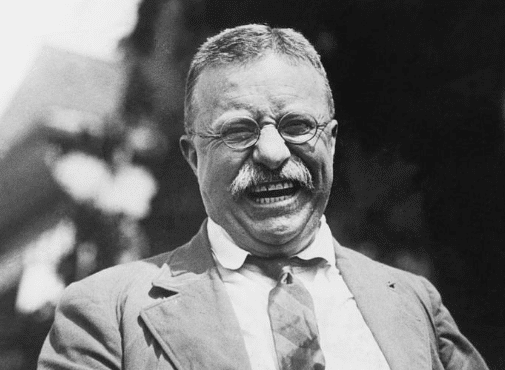The structure of executive coaching can vary depending on the coach, the client’s needs, and the goals of the coaching engagement.
Some common elements are typically included in the structure of executive coaching…
- Initial Assessment – The coaching process often begins with an initial assessment, where the coach and client discuss the client’s goals, challenges, and expectations for coaching. This assessment helps the coach tailor the coaching process to meet the client’s needs.
- Goal Setting – Based on the initial assessment, the coach and client work together to set specific, measurable goals for the coaching engagement. These goals serve as the foundation for the coaching process and help track progress over time.
- Action Planning – Once goals are established, the coach and client develop a plan of action to achieve those goals. This may include identifying specific actions to take, setting deadlines, and establishing accountability measures.
- Regular Sessions – Executive coaching typically involves regular coaching sessions, which may be weekly, biweekly, or monthly, depending on the client’s needs. During these sessions, the coach and client discuss progress, explore challenges, and work on developing new skills and strategies.
- Feedback and Reflection – Throughout the coaching process, the coach provides feedback to the client based on observations and assessments. The client is encouraged to reflect on their progress and insights gained from coaching sessions.
- Midpoint Review – At the midpoint of the coaching engagement, the coach and client may conduct a review to assess progress towards goals and make any necessary adjustments to the coaching plan.
- Final Evaluation – At the end of the coaching engagement, the coach and client evaluate the progress made and the outcomes achieved. This evaluation helps determine the impact of coaching and identify areas for continued growth and development.
- Follow-Up – After the coaching engagement concludes, the coach may follow up with the client to check on progress and provide additional support if needed.
Overall, the structure of executive coaching is designed to be flexible and tailored to the individual needs of the client. The coach works closely with the client to ensure that the coaching process is effective in helping the client achieve their goals and maximize their potential.







